1. The Discovery of DNA’s Double Helix
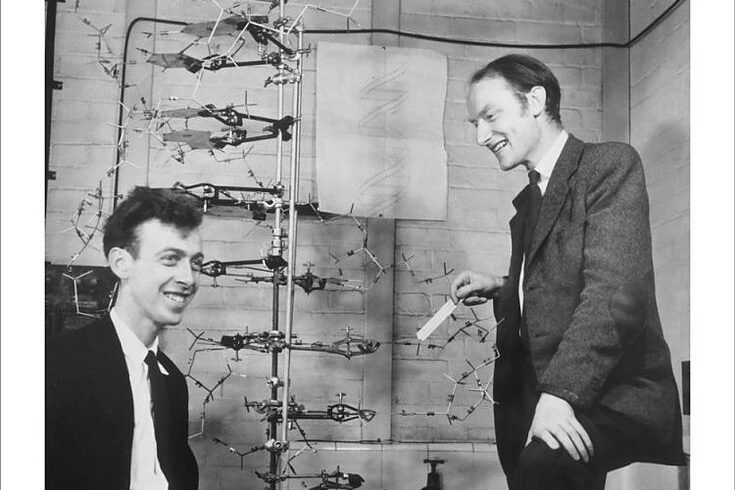
Curiosity has always pushed humanity forward, sometimes faster than we realize. Back in 1953, James Watson and Francis Crick uncovered the structure of DNA, the molecule that carries the code of life itself. With the double helix model, they unlocked the secret behind inheritance, evolution, and genetic traits. It became the foundation for modern biology and medicine. The discovery didn’t just reshape science; it reshaped how humans see themselves. It showed that every living thing shares a language written in tiny spirals, binding us all through the thread of existence that connects life across the planet.
2. The Invention of Penicillin

In 1928, Alexander Fleming returned from vacation to find a mold growing in his petri dishes that killed bacteria nearby. That accident gave birth to penicillin, the world’s first antibiotic. Suddenly, infections that once meant death could be treated. Soldiers, children, and everyday people began surviving illnesses that had plagued humanity for centuries. Penicillin became a silent hero of medicine, saving millions of lives and paving the way for other antibiotics. It was a reminder that sometimes, the greatest discoveries aren’t born from perfection, but from paying attention to the small, unexpected details that change everything.
3. The Human Genome Project
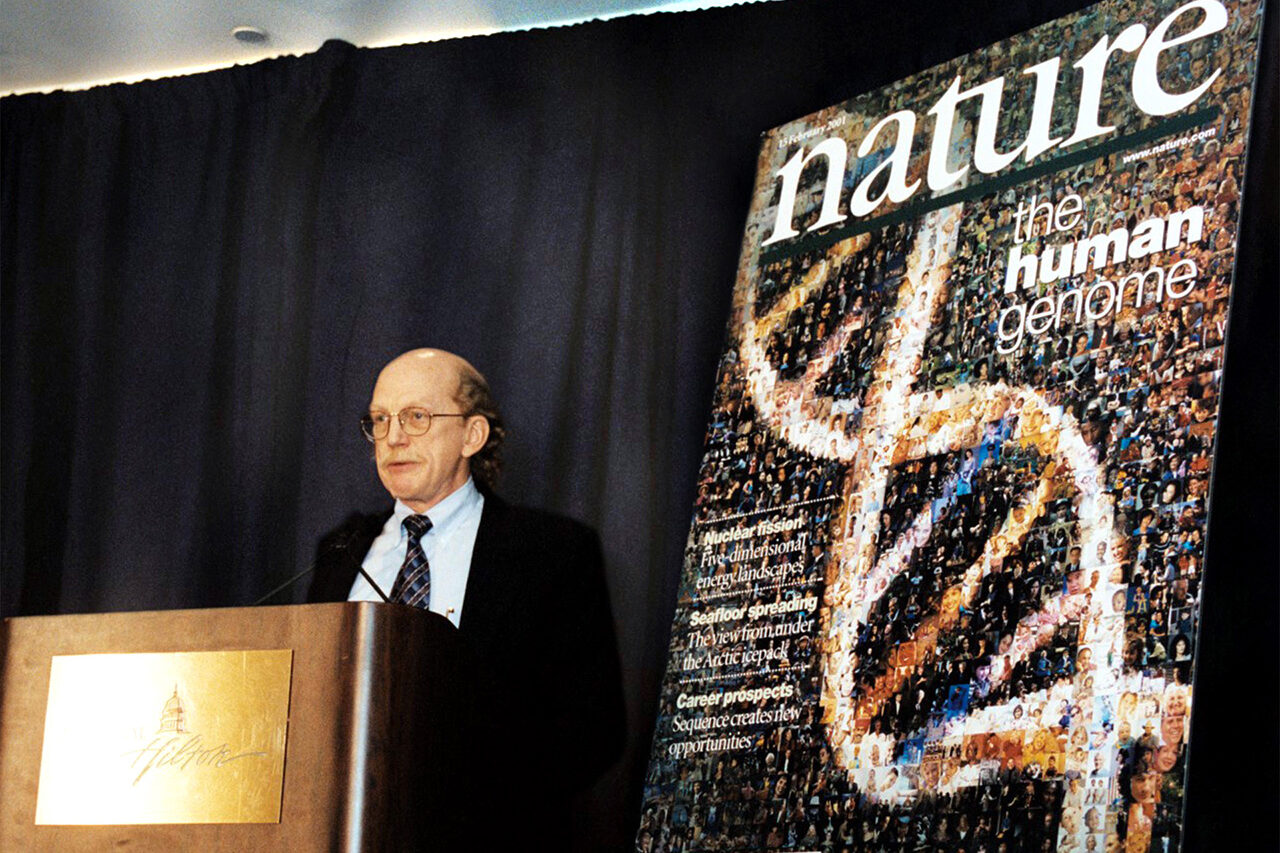
By 2003, scientists had finished mapping the human genome, decoding all the genes that make us who we are. This massive global effort opened new doors to understanding diseases, evolution, and human diversity. For the first time, medicine could see each person’s biology as unique, not one-size-fits-all. The project also showed the power of international collaboration, with researchers from many countries working toward a shared goal. It wasn’t just science; it was humanity reading its own story, letter by letter, and discovering that within our DNA lies the script of both our past and our potential.
4. The Polio Vaccine
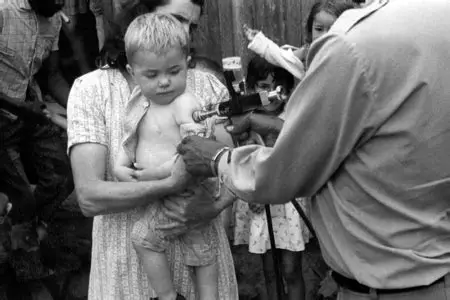
There was a time when parents lived in fear of a single word: polio. It paralyzed thousands of children every year until Jonas Salk introduced the vaccine in 1955. It wasn’t just a medical milestone, it was a symbol of hope. Within years, cases dropped drastically, and entire generations grew up free from that shadow. Salk’s discovery changed how the world viewed vaccination, showing that prevention could be more powerful than cure. Today, the near-eradication of polio stands as one of humanity’s most triumphant victories against disease, proving that determination and compassion can rewrite even the darkest stories.
5. The First Organ Transplant

In 1954, a surgeon named Joseph Murray performed the first successful kidney transplant between identical twins. It was a moment that pushed medicine beyond imagination, proving that damaged organs could be replaced and life could continue. That one operation opened the door to heart, liver, and lung transplants, giving people around the world second chances at life. It wasn’t just about surgical skill; it was about faith in what humanity could achieve when science and courage met in one operating room. Today, every successful transplant carries a piece of that original, history-making moment.
6. The Moon Landing
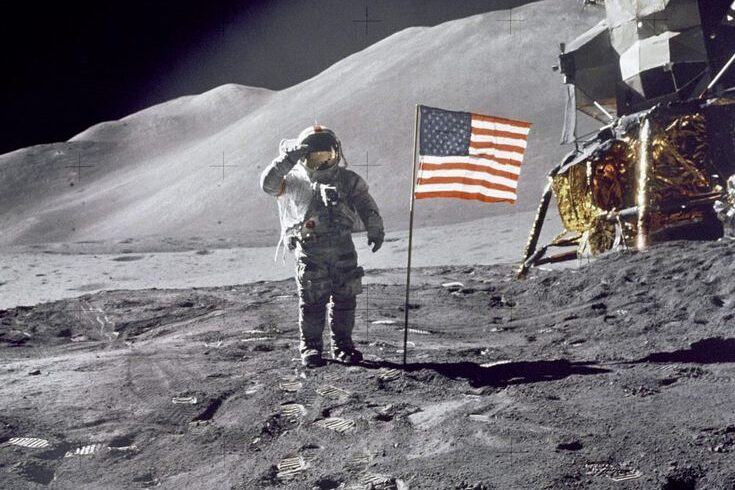
When Neil Armstrong stepped onto the moon in 1969, the world paused. For the first time, humans had left Earth and touched another world. The moon landing was more than a space achievement; it was proof that dreams once thought impossible could become real with persistence and imagination. Millions watched as Armstrong’s words echoed across television screens, sparking a sense of unity and pride. Beyond its beauty, it inspired generations of scientists, engineers, and dreamers to keep reaching upward. The footprints left in the lunar dust still remind us that exploration is deeply woven into who we are.
7. The Discovery of Gravitational Waves
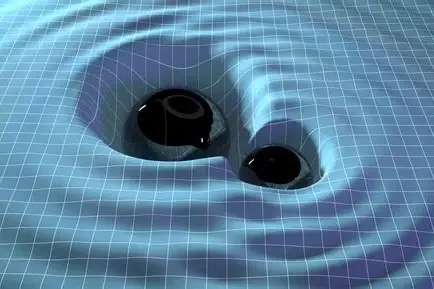
In 2015, scientists at LIGO confirmed the existence of gravitational waves, ripples in space-time first predicted by Albert Einstein a century earlier. It was like hearing the universe whisper for the first time. These waves came from the collision of two black holes billions of years ago, carrying echoes of cosmic history. The discovery opened a new window into the universe, letting scientists study space not just by light but by vibration. It marked a thrilling moment when theory became reality, and humanity got closer to understanding the mysterious rhythm of the cosmos.
8. The Birth of Artificial Intelligence
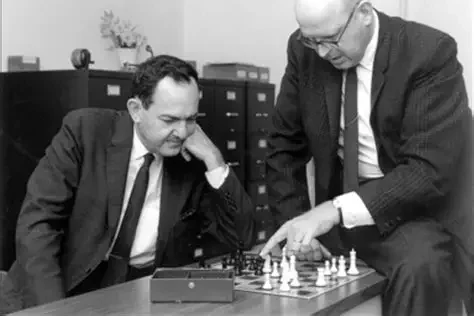
The idea of machines that could think once belonged to science fiction, but today it’s part of our daily lives. From language translation to medical imaging, artificial intelligence is reshaping how we work, learn, and live. The earliest breakthroughs came in the mid-20th century, when scientists built algorithms that could recognize patterns and make decisions. What started as theory grew into a technological revolution. It’s both exciting and unnerving, showing how curiosity can lead us into new frontiers. AI is a reminder that the human mind’s creativity might be its greatest creation of all.
9. The Discovery of CRISPR
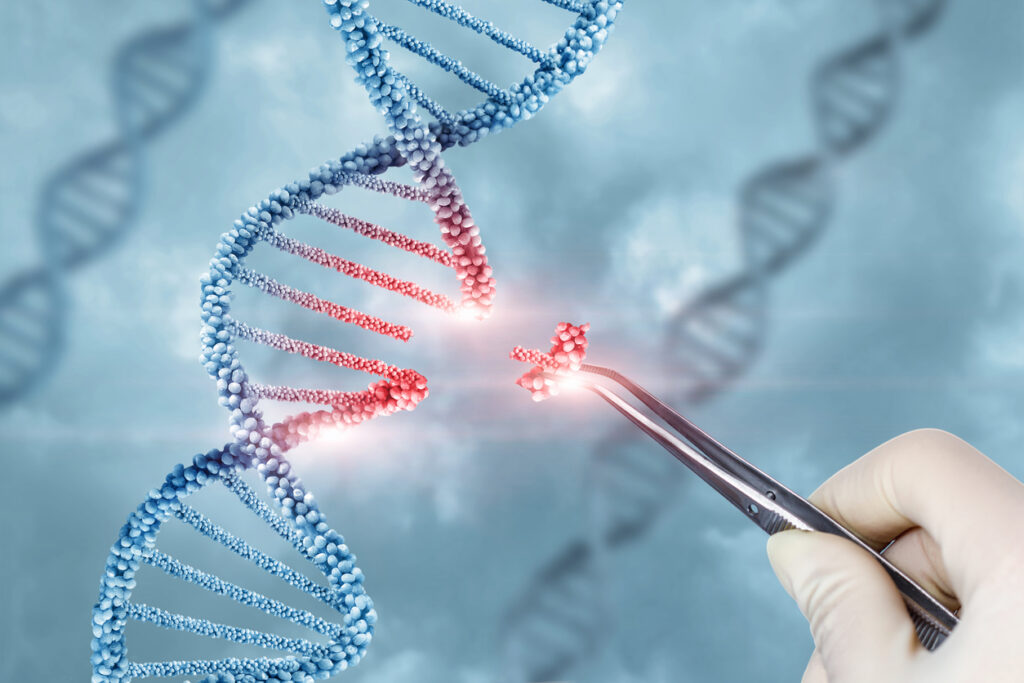
In 2012, scientists found a way to edit genes precisely, using a natural defense mechanism found in bacteria called CRISPR. This tiny tool gave researchers the power to rewrite DNA, correcting genetic diseases and reshaping agriculture. It was a revolution in biotechnology, turning what once seemed impossible into practical science. CRISPR showed that small discoveries can have enormous impact, transforming the fields of medicine, food, and environmental science. Yet, it also raised deep ethical questions about where to draw the line. It’s a breakthrough that changed the meaning of control over life itself.
10. The Invention of the Internet
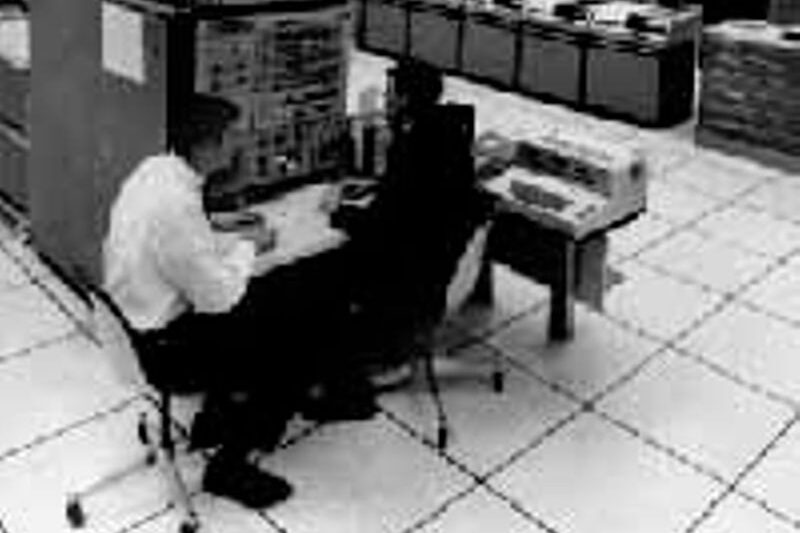
Born from Cold War communication research, the internet quietly began connecting computers in the 1960s before exploding into a global network. By the 1990s, it transformed how people learned, worked, and communicated. The internet became humanity’s digital heartbeat, linking billions of voices and ideas. It’s hard to imagine life without it now, from instant messages to global collaboration. What started as a defense experiment turned into a universal tool for knowledge and connection, proving that sometimes innovation grows into something bigger than its inventors could have ever dreamed.
11. The Discovery of Quarks
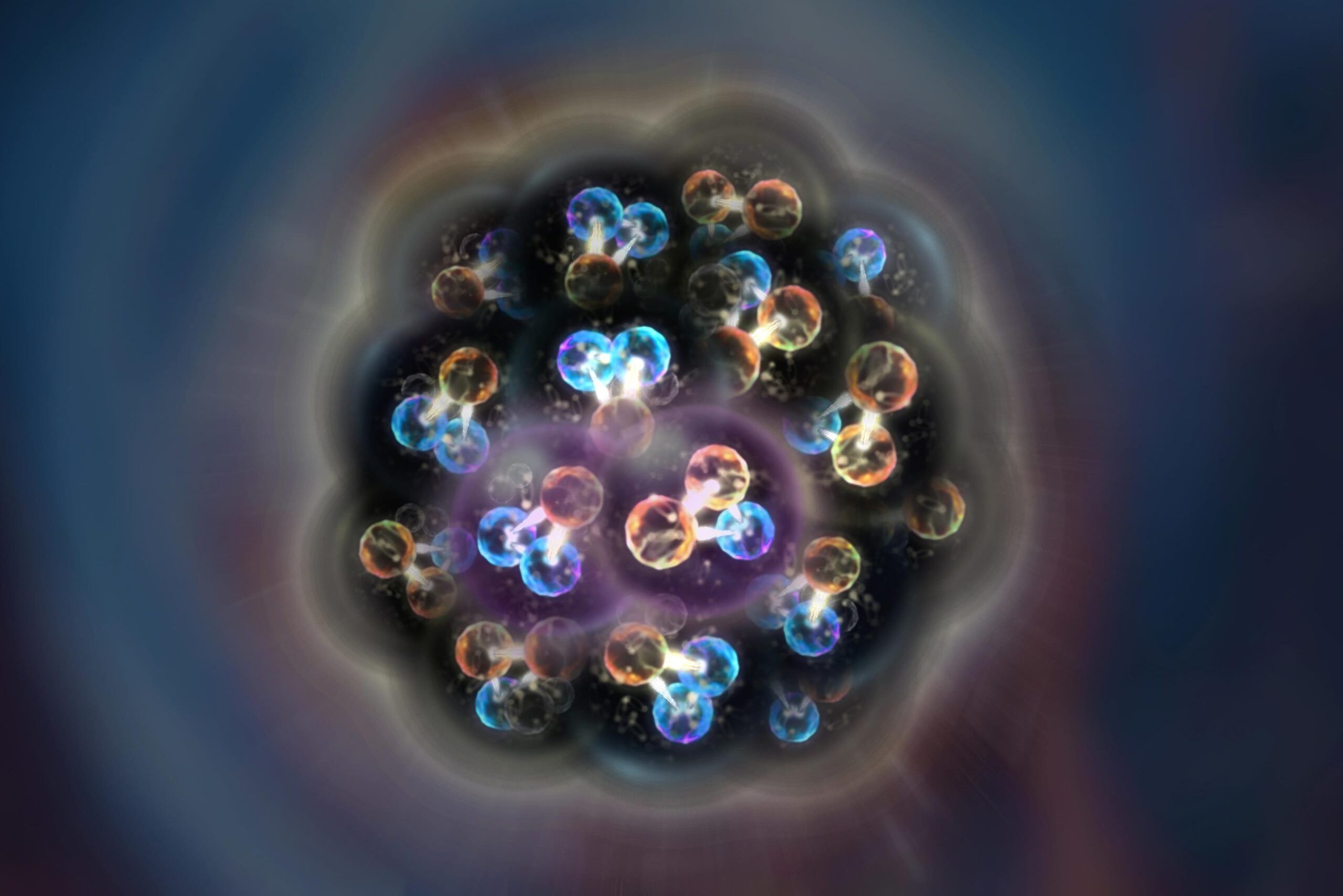
In the 1960s, scientists discovered that protons and neutrons weren’t the smallest particles after all. Inside them were even tinier components called quarks. This revelation reshaped physics and helped explain the forces that hold atoms together. Suddenly, the invisible world became a little clearer, showing that reality is made of layers within layers. The discovery also sparked new experiments in particle accelerators, pushing science further into the unknown. It was a quiet reminder that even the tiniest things can carry the biggest secrets about how everything in the universe stays bound in perfect balance.
12. The MRI Breakthrough
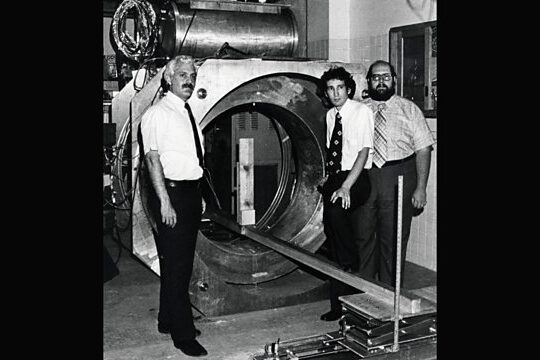
Before magnetic resonance imaging, seeing inside the human body without surgery was almost impossible. When scientists developed MRI technology in the 1970s, it changed everything. Doctors could now diagnose tumors, injuries, and brain disorders with incredible detail and no pain to the patient. The invention became a symbol of how physics and medicine could work hand in hand. MRI didn’t just save lives; it gave science a new way to see life itself. Today, its quiet hum in hospitals reminds us how far curiosity and compassion can go when they meet inside the same machine.
13. The Cloning of Dolly the Sheep
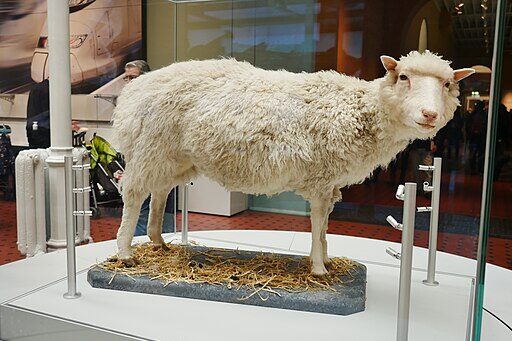
In 1996, scientists in Scotland shocked the world by cloning a sheep named Dolly from an adult cell. It was the first time a mammal had been cloned successfully, proving that life could be replicated in ways once thought impossible. Dolly’s birth stirred excitement and fear alike, raising questions about ethics, identity, and the future of reproduction. She lived a normal sheep’s life, but her legacy transformed genetics forever. That one small lamb showed that the blueprint of life could be rewritten, reminding humanity of both its power and its responsibility to use knowledge wisely.
14. The Discovery of Stem Cells
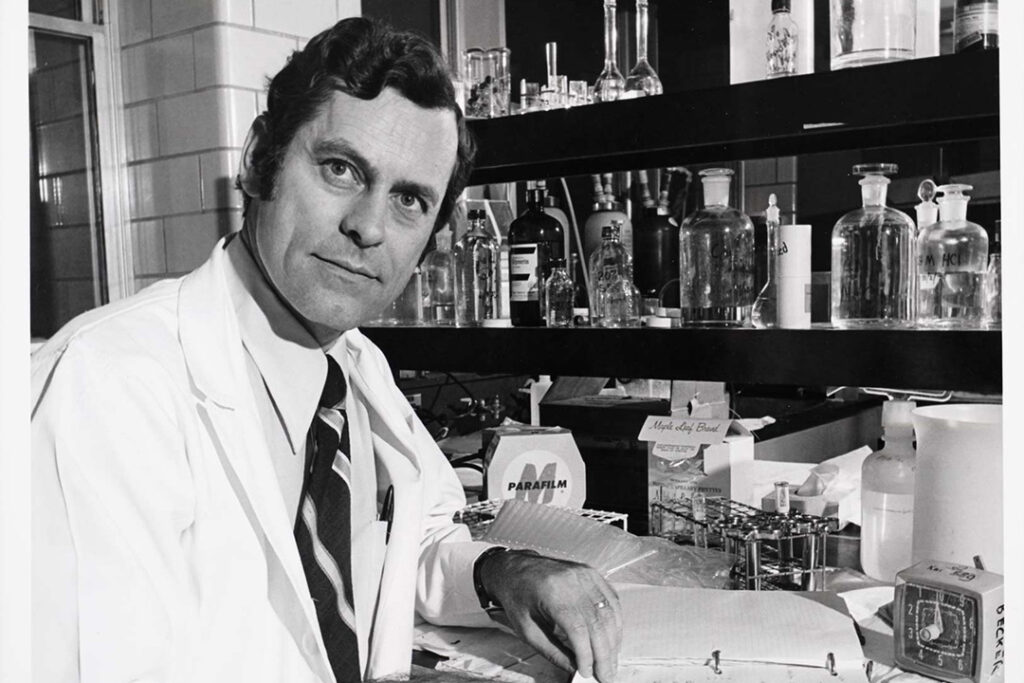
When researchers realized that certain cells could become any type of tissue, it opened the door to regenerative medicine. These were stem cells, nature’s own repair kit. Discovered in the 1960s and refined over decades, they offered hope for healing damaged hearts, spines, and even organs. Scientists began exploring how to grow tissues in the lab, blurring the line between healing and creating. Stem cells became a symbol of possibility, proof that our bodies contain the tools for their own renewal. It was as if science had rediscovered the quiet genius built into human biology.
15. The Creation of the Microchip
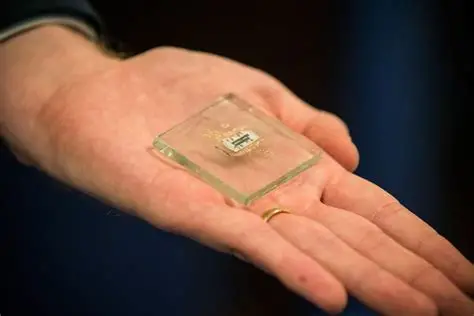
The microchip began as a simple solution to a wiring problem in the 1950s but became the heart of the modern world. By fitting countless circuits onto a small silicon wafer, engineers gave birth to computers, smartphones, and every electronic device we depend on. The microchip turned science fiction into everyday reality, shrinking technology into the palm of our hands. What once filled entire rooms now fits inside a watch. It quietly revolutionized communication, learning, and life itself, proving that sometimes the smallest inventions carry the biggest revolutions within their tiny frames.
16. The Discovery of Dark Energy
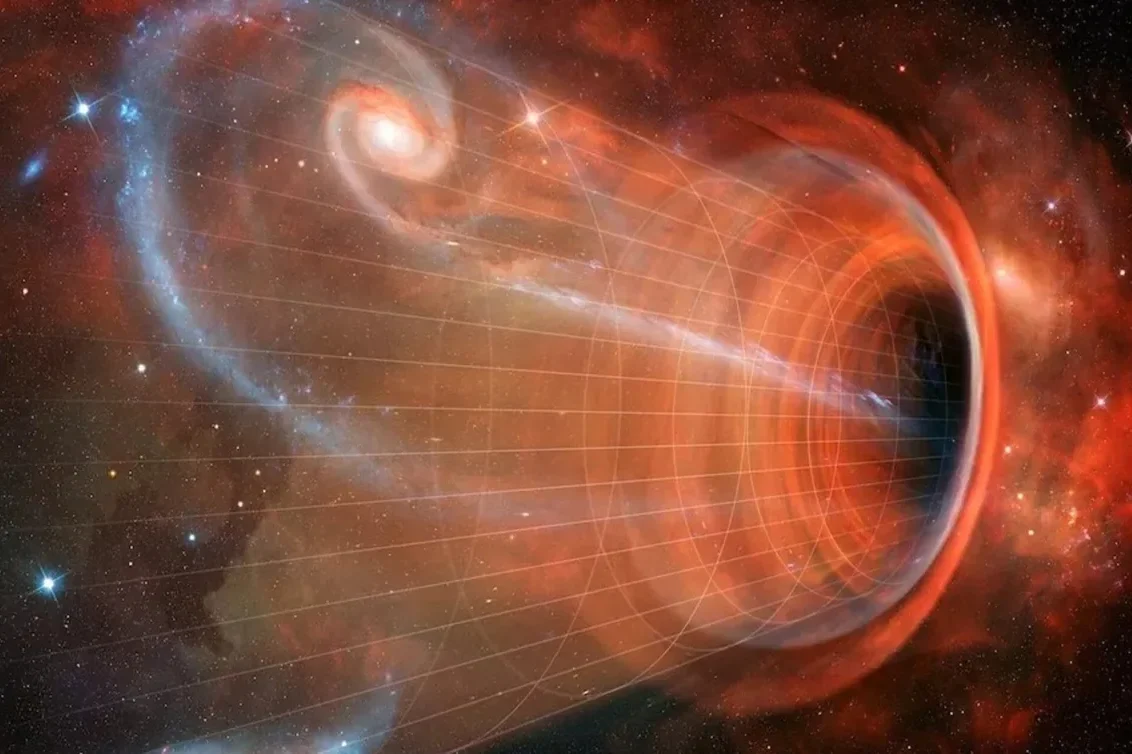
In 1998, astronomers studying distant supernovae stumbled upon something completely unexpected. Instead of slowing down, the universe was expanding faster and faster. This mysterious force was called dark energy, and it made up most of the cosmos. Suddenly, humanity realized how little it actually knew. The discovery reshaped cosmology, challenging everything scientists thought they understood about gravity and space. Though invisible and unexplained, dark energy reminded us that mystery still fills the universe. It keeps scientists watching the stars, searching for answers to questions written in the silence between galaxies.
17. The Human-Ape Genetic Link
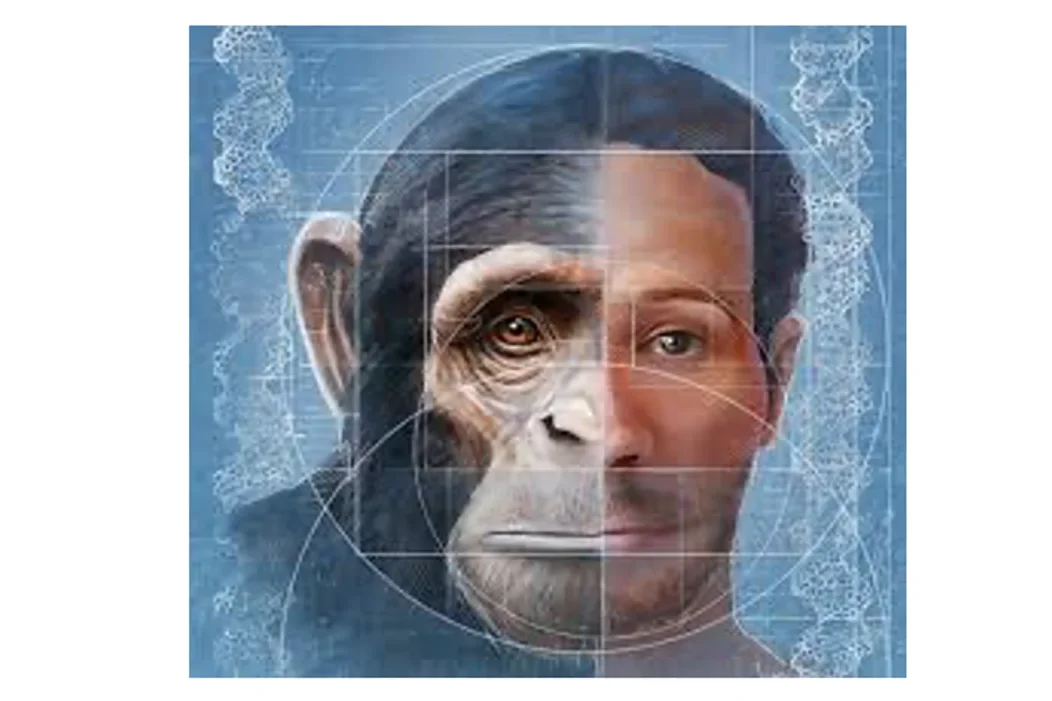
When scientists began comparing human DNA to that of other primates, they discovered that we share about 98 percent of our genes with chimpanzees. It was a humbling breakthrough that changed how we view evolution and our place on Earth. The discovery showed that humanity isn’t apart from nature but part of it, deeply connected to the living world. It also fueled research into diseases, behavior, and development, revealing how closely life is intertwined. What once divided humans from animals became a bridge, showing that the story of life is shared more than it’s separated.
18. The Discovery of the Higgs Boson
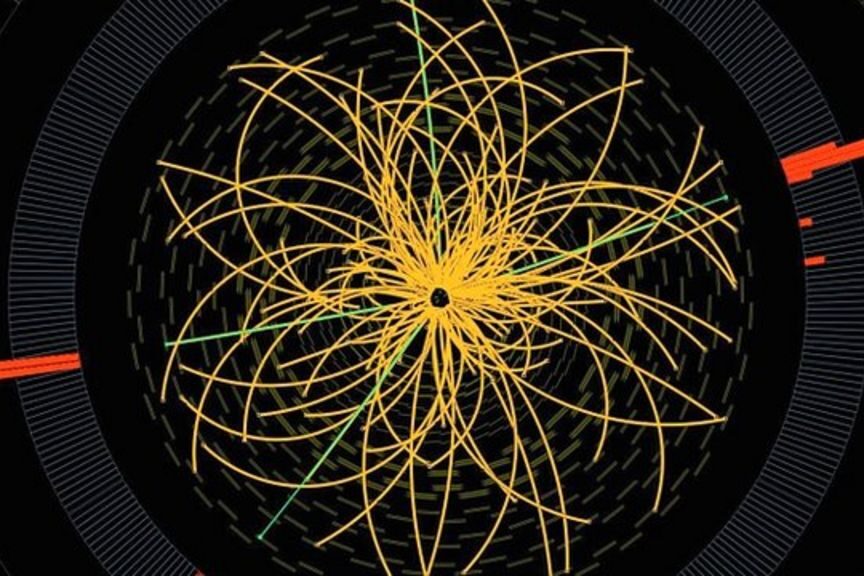
In 2012, after decades of searching, scientists at CERN confirmed the existence of the Higgs boson, the particle that gives mass to everything. It completed one of physics’ greatest puzzles, known as the Standard Model. The discovery was celebrated around the world, proof that theory could meet reality even at the smallest scales. Deep inside the Large Hadron Collider, energy turned into matter just as physics predicted. It was a quiet triumph for human curiosity, a moment when science caught a glimpse of the invisible fabric that shapes all of creation.
19. The Mapping of the Human Brain
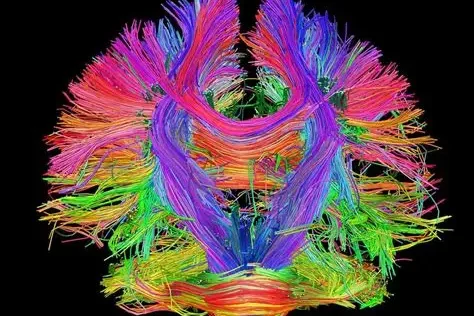
The brain has always been the final frontier of human understanding. With advanced imaging and global research projects, scientists have begun to map its connections, neuron by neuron. This effort, called the Human Connectome Project, revealed how emotions, memory, and thought flow through intricate networks. Each discovery brings us closer to understanding consciousness itself. Mapping the brain isn’t just about science; it’s about exploring what makes us human. It shows that even within the silence of our minds, there’s a complex universe waiting to be understood, one connection at a time.
20. The Rise of Renewable Energy
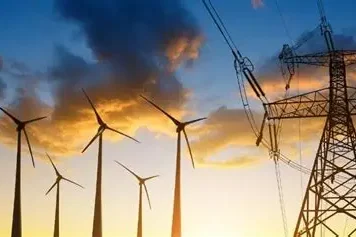
As the world faced the reality of climate change, innovation turned toward the power of the sun, wind, and water. Renewable energy became one of the most important breakthroughs of our time, offering cleaner ways to fuel modern life. Advances in solar panels, wind turbines, and batteries reshaped how we think about sustainability. It wasn’t just about technology; it was about responsibility. The shift toward renewable energy became a symbol of hope, proof that progress can also mean preservation, and that science can work in harmony with the planet it depends on.
21. The Discovery of MicroRNA

In the early 2000s, scientists discovered microRNA, tiny molecules that quietly control how genes behave. They act like musical conductors, guiding which genetic notes are played and which stay silent. This breakthrough changed how we understand diseases, especially cancer and genetic disorders. By learning how microRNA works, doctors gained new tools to diagnose and treat illnesses more precisely. It reminded the world that even the smallest players in biology can shape life in profound ways. MicroRNA showed that life’s complexity often hides in the tiniest corners of the cell, waiting for someone curious enough to notice.
22. The mRNA Vaccine Revolution

When scientists created the first mRNA vaccines, they weren’t just fighting a virus; they were rewriting medical history. The idea had been in progress for decades, but the COVID-19 pandemic proved it could save millions of lives. Instead of injecting weakened viruses, these vaccines taught the body how to recognize and fight pathogens using a simple genetic message. It was fast, safe, and transformative. The success of mRNA vaccines opened a future where flu, malaria, and even cancer might be prevented in the same way. It showed that science, when pushed by urgency, can evolve faster than fear.
23. The Power of Nuclear Energy
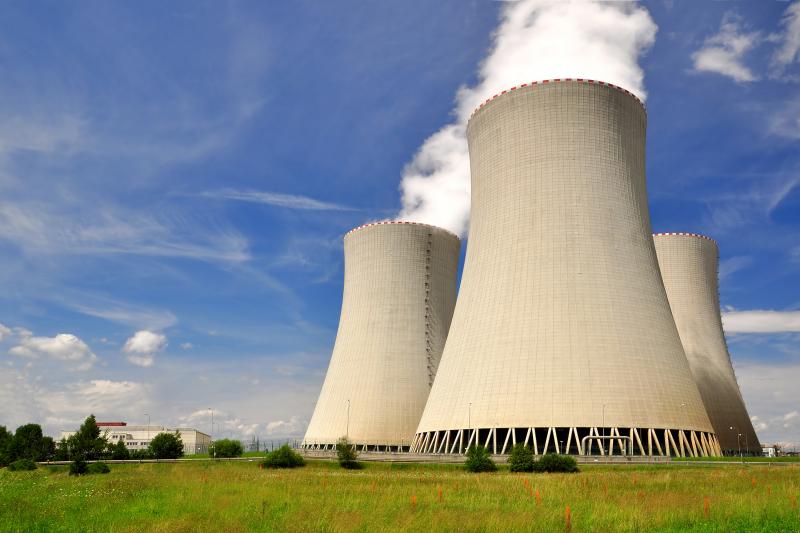
In the mid-20th century, humanity unlocked a force that could both destroy and sustain life. Nuclear energy came from splitting atoms, releasing immense power. While its history began with weapons, it evolved into a cleaner energy source that lights up cities around the world. The discovery of fission taught scientists respect for the balance between progress and peril. Today, nuclear power continues to shape the debate about how to fuel the planet responsibly. It stands as proof that knowledge itself isn’t dangerous, but the choices we make with it define the future we build.
24. The Rise of Nanotechnology
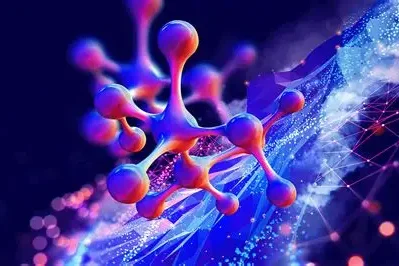
Science took a microscopic leap forward with nanotechnology, the ability to manipulate materials at the atomic scale. By the early 2000s, it was already changing medicine, electronics, and even environmental cleanup. Nanoparticles began delivering drugs directly to tumors and making solar panels more efficient. What once sounded like fantasy became reality in labs worldwide. Nanotechnology showed that sometimes, progress isn’t about going bigger but smaller, crafting solutions invisible to the eye yet powerful enough to reshape industries. It proved that great discoveries can happen when we dare to look closer than ever before.
25. The First Artificial Heart
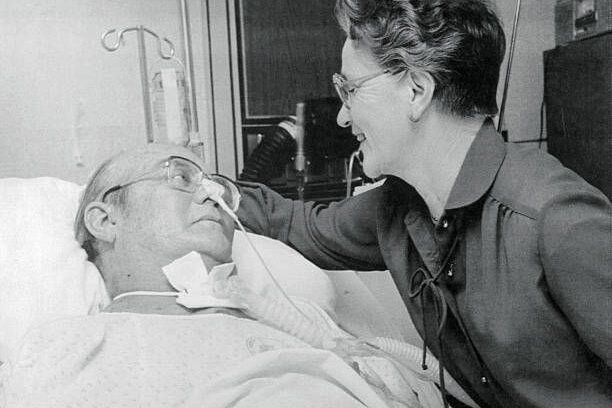
In 1982, doctors implanted the first permanent artificial heart in a patient named Barney Clark. It wasn’t perfect, but it marked a turning point in medical engineering. For the first time, science created a mechanical device that could keep a human alive when their natural heart could not. Though Clark lived only a few months, his courage inspired future innovations. Artificial hearts and ventricular assist devices have since saved thousands. The invention taught us that life could be sustained by more than biology and that the boundary between human and machine was thinner than anyone imagined.
26. The Discovery of Plate Tectonics
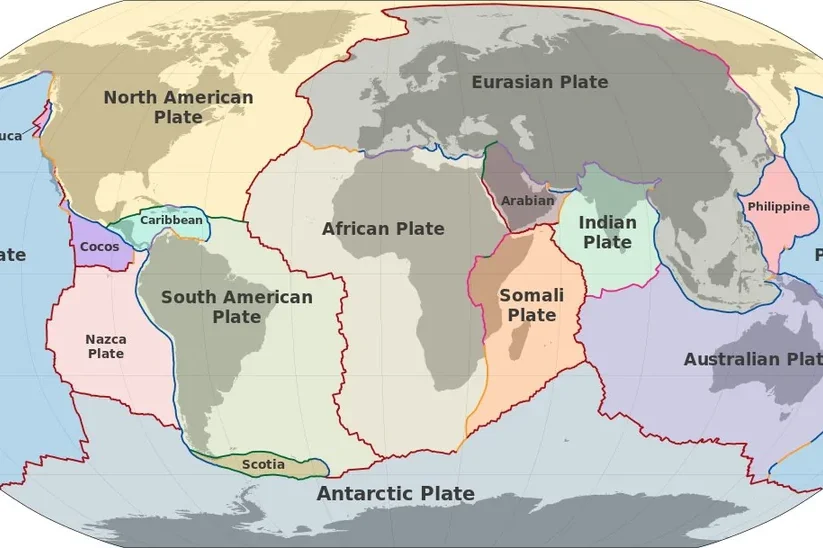
Before the 1960s, scientists couldn’t explain why continents seemed to fit together like puzzle pieces. Then came the theory of plate tectonics, showing that Earth’s surface isn’t fixed but made of moving plates drifting on molten rock. It explained earthquakes, volcanoes, and mountain formation. This discovery connected geology into one grand system, turning chaos into order. It also revealed that our planet is alive in its own way, constantly reshaping itself over time. Plate tectonics changed how humanity understood the Earth beneath its feet and reminded us that even stone is never truly still.
27. The Discovery of Insulin

In 1921, Canadian scientists Frederick Banting and Charles Best discovered insulin, changing diabetes from a death sentence into a manageable condition. Before that, children with diabetes often lived only months after diagnosis. Their discovery gave hope to millions and became a turning point in modern medicine. Insulin transformed hospitals, diets, and entire lives. It showed how compassion and curiosity could come together to save humanity’s most vulnerable. The story of insulin remains one of science’s most heartwarming triumphs, a reminder that great discoveries begin not with ambition, but with a desire to ease someone’s suffering.
28. The Development of Fusion Energy Research
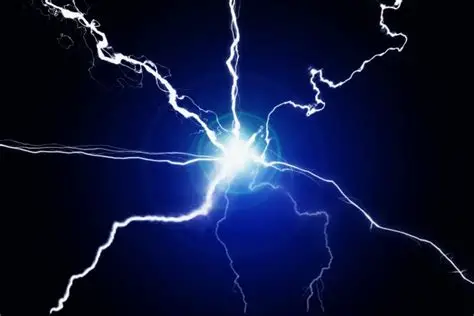
For decades, scientists have dreamed of harnessing the power that fuels the stars. Fusion energy, which fuses atoms instead of splitting them, promises nearly limitless clean power. Recent breakthroughs brought that dream closer to reality, with experiments achieving positive energy gains for the first time. It’s still developing, but the hope is real. Fusion represents humanity’s boldest attempt to borrow from nature’s own design. If mastered, it could power the world for generations without polluting the planet. It’s the kind of science that reminds us our brightest ideas often come from studying the universe itself.
29. The Discovery of the Ozone Hole

In the 1980s, scientists noticed something alarming: a thinning in Earth’s ozone layer over Antarctica. The cause was chlorofluorocarbons used in aerosols and refrigerants. This discovery sparked a global environmental awakening and led to the Montreal Protocol, one of the most successful international treaties in history. The world acted quickly, and the ozone layer slowly began to heal. It was a rare moment where science, politics, and humanity worked together for a shared goal. The ozone story proved that awareness and collective action can reverse even the damage we once thought was irreversible.
30. The First Image of a Black Hole
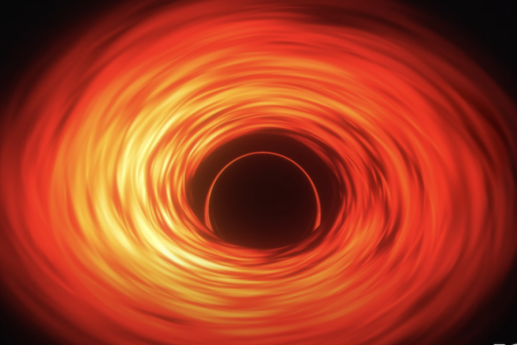
In 2019, scientists unveiled something humanity had only imagined for decades: a real image of a black hole. It appeared as a glowing ring surrounding an endless dark center, confirming theories that had existed for over a century. The photo came from a global network of telescopes working together as one. It wasn’t just a picture; it was a triumph of patience, teamwork, and imagination. Seeing that cosmic shadow made the universe feel both bigger and smaller all at once. It was a fitting reminder that discovery never truly ends, it just keeps deepening our wonder.
This story The Most Dangerous Experiments Ever Conducted was first published on Daily FETCH


